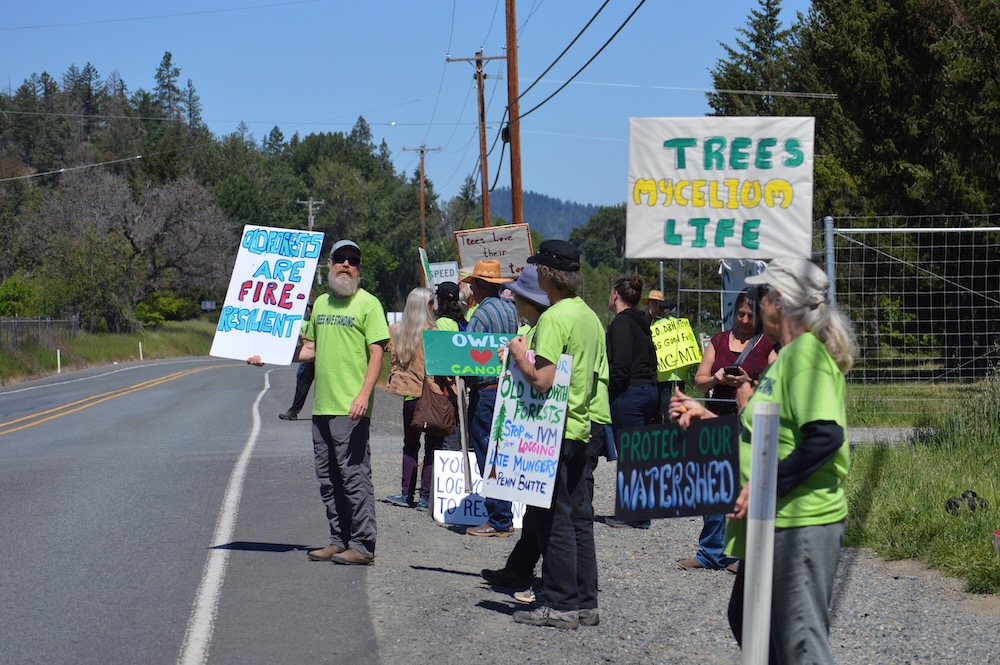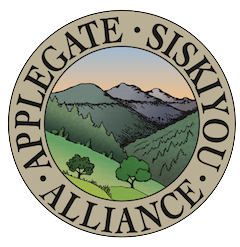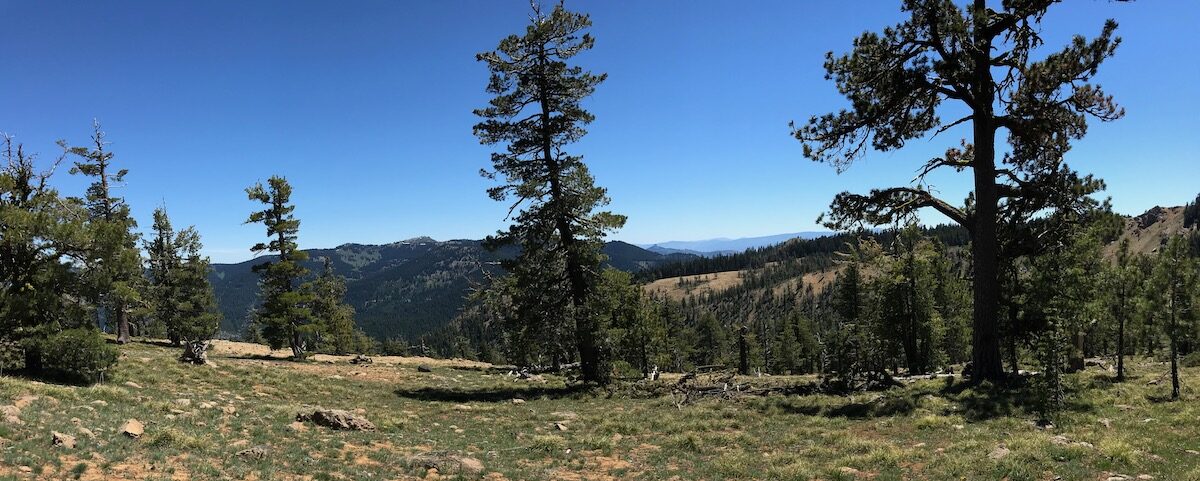ASA spent the last five years opposing the IVM Project, which would have logged up to 20,000 acres of forest and built up to 90 miles of new road throughout the Medford District BLM. We also opposed the first two timber sales, Penn Butte and Late Mungers, in the larger IVM Project. These sales targeted both mature and old-growth forests above the communities of Williams and Murphy in the western Applegate Valley with significant industrial logging, large tree removal and canopy reduction.
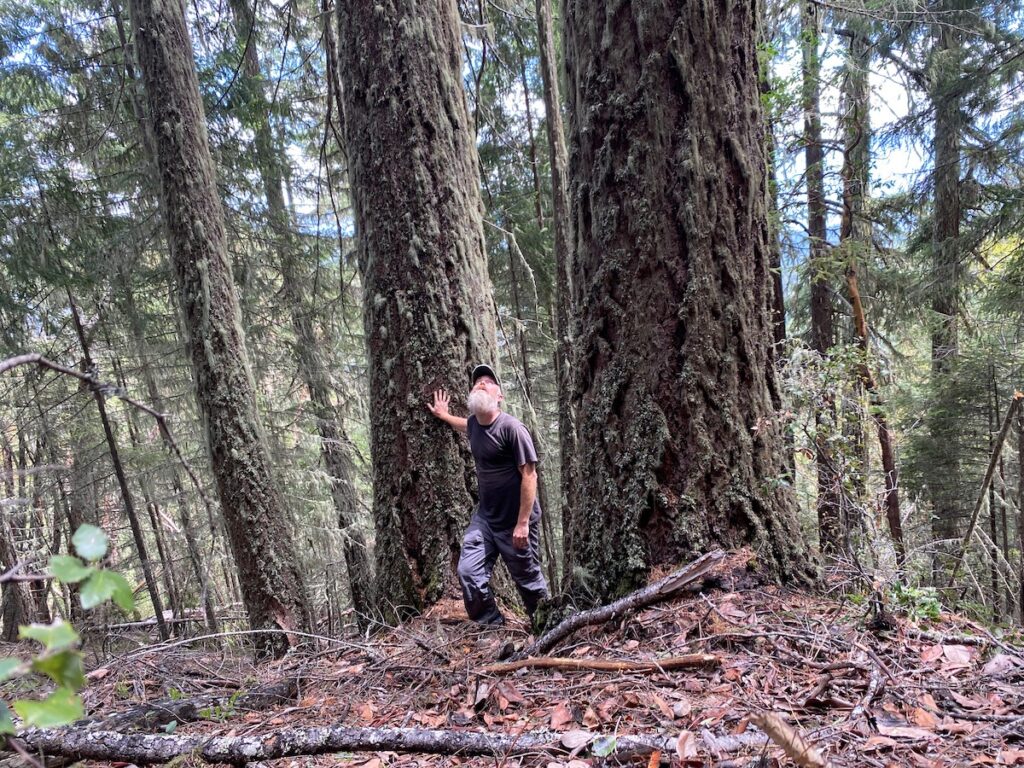
ASA worked to monitor the timber sale units, document the timber sale tree removal mark, and identify a broad range of potential project impacts that would not be compliant with the proper management of fire risks or with the management of Late Successional Reserve (LSR) forest set aside to protect old forest habitat for the northern spotted owl. We held protests and rallies, spoke out in the media about the IVM and Late Mungers Projects, led field trips, conducted public presentations, and participated in the limited BLM planning process.
After exhausting all other avenues, in August 2023 Applegate Siskiyou Alliance filed suit against the BLM, claiming the IVM Project violated the Federal Land Policy and Management Act (FLPMA) by authorizing timber harvest activities in Late Successional Reserve forests and Recreation Management Areas that were inconsistent with management direction provided by the BLM’s 2016 Resource Management Plan. Additionally, the suit claimed that the BLM violated the National Environmental Policy Act (NEPA) by failing to conduct proper project level analysis and public involvement processes.
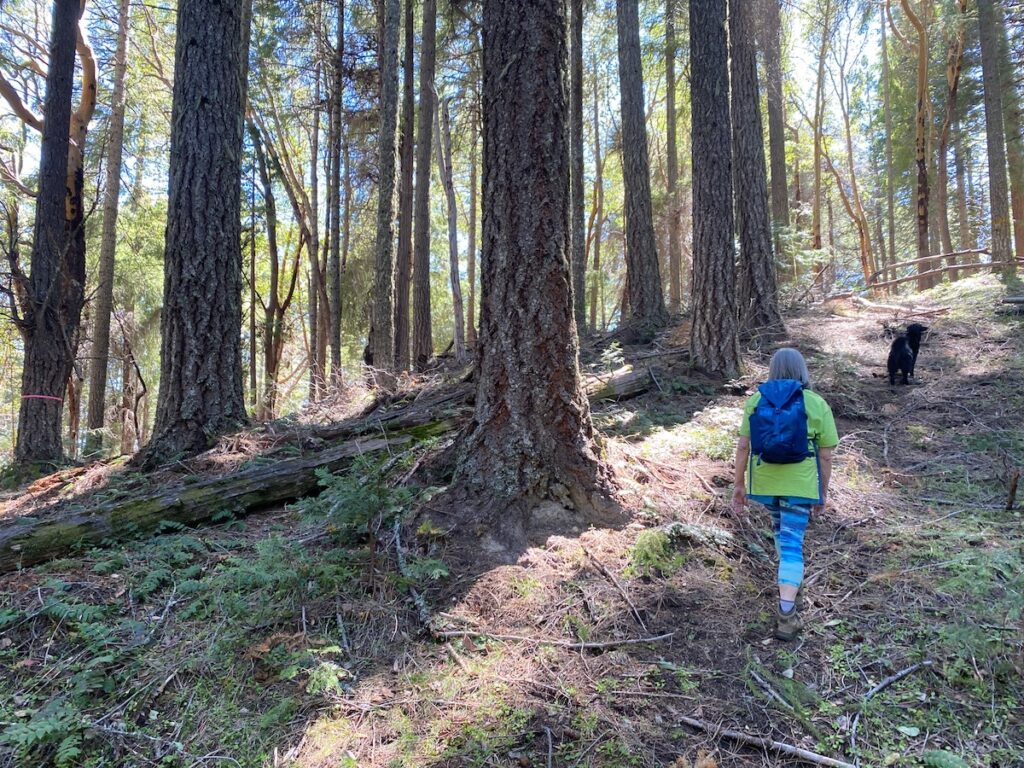
Our day in court occurred in April of 2024, and a month later, in May 2024, Judge Mark D. Clarke from the Oregon District Court in Medford provided the initial judgement, ruling on behalf of the environmental litigants, including ASA, in his Findings and Recommendation. He found the BLM had violated NEPA and FLPMA by violating standards for management and habitat protection in Late Successional Reserve (LSR) forests, by failing to consider the increase in fire risks associated with old forest logging and canopy reduction, and by failing to implement proper public involvement and scientific analysis.
This decision was then sent to US District Judge Ann Aiken, and after almost a year of waiting, on March 31, 2025, US District Judge Ann Aiken adopted the initial Findings and Recommendation of Magistrate Judge Clarke, affirming the claims of numerous environmental organizations, including Applegate Siskiyou Alliance, KS Wild and others who challenged the Medford District BLM’s massive Integrated Vegetation Management (IVM) Project, along with the Late Mungers and Penn Butte timber sales.
The IVM Project proposed heavy commercial logging in Late Successional Reserve (LSR) forests set aside to protect habitat for the northern spotted owl across southwestern Oregon. Judge Clarke found, and Judge Aiken affirmed, that Late Successional Reserve (LSR) forests were designated for the “purpose of habitat protection,” and the IVM Project “would render this direction superfluous,” by authorizing timber harvest that would preclude or delay the development of northern spotted owl habitat for more than 20 years. According to the Findings and Recommendation, the IVM unlawfully “authorizes commercial logging of large diameter trees in areas of Oregon’s forest that have historically been preserved.”
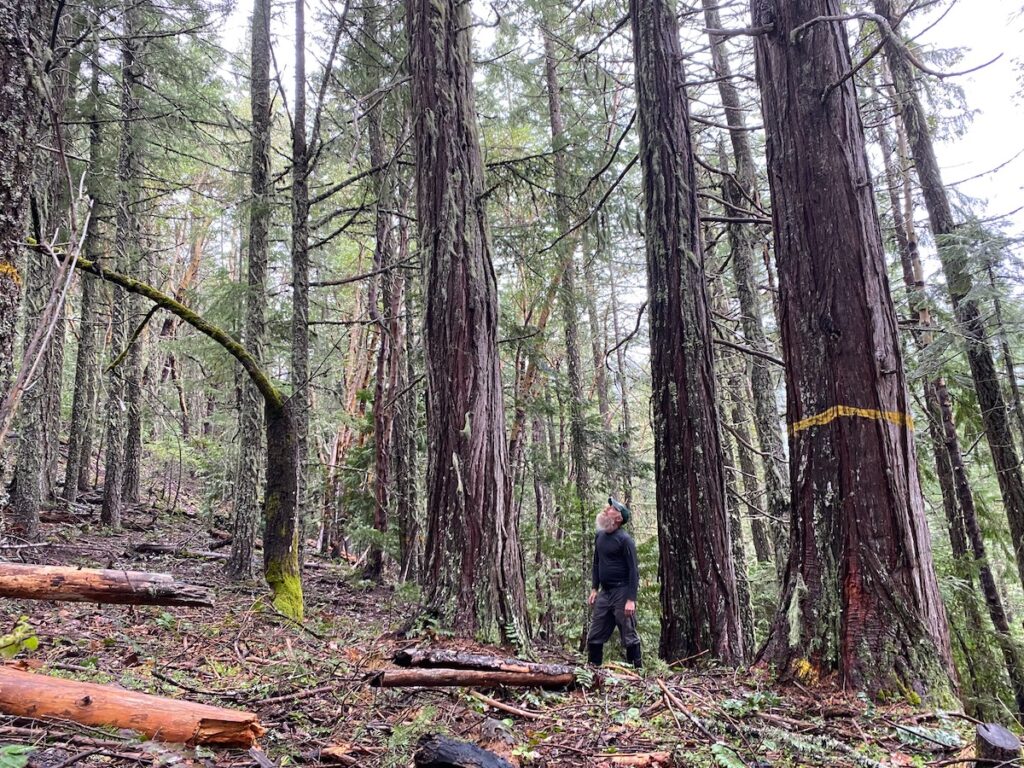
In this case, the BLM claimed that the clear guidelines in the 2016 Resource Management Plan that limit logging operations in LSR forest only apply when they intend them to, yet Judge Clarke found “the BLM’s interpretation is plainly inconsistent with the 2016 RMP.” He also found that “sacrificing habitats for commercial logging” in LSR forest, as proposed in the IVM Project, is a violation of the BLM’s overarching 2016 Resource Management Plan (RMP).
The order also confirms that the BLM was attempting to circumvent the public involvement and scientific analysis process required under NEPA by failing to prepare an Environmental Impact Statement (EIS), by failing to take a “hard look” at the site-specific project level impacts, and by inappropriately “tiering” projects without adequate public involvement or analysis.
Finally, the court also found that BLM failed to adequately consider the negative impact large tree logging and heavy canopy reduction can have on future fire risks by replacing large, fire resistant trees with dense, even-aged brush and young tree regeneration, and by altering microclimate conditions.
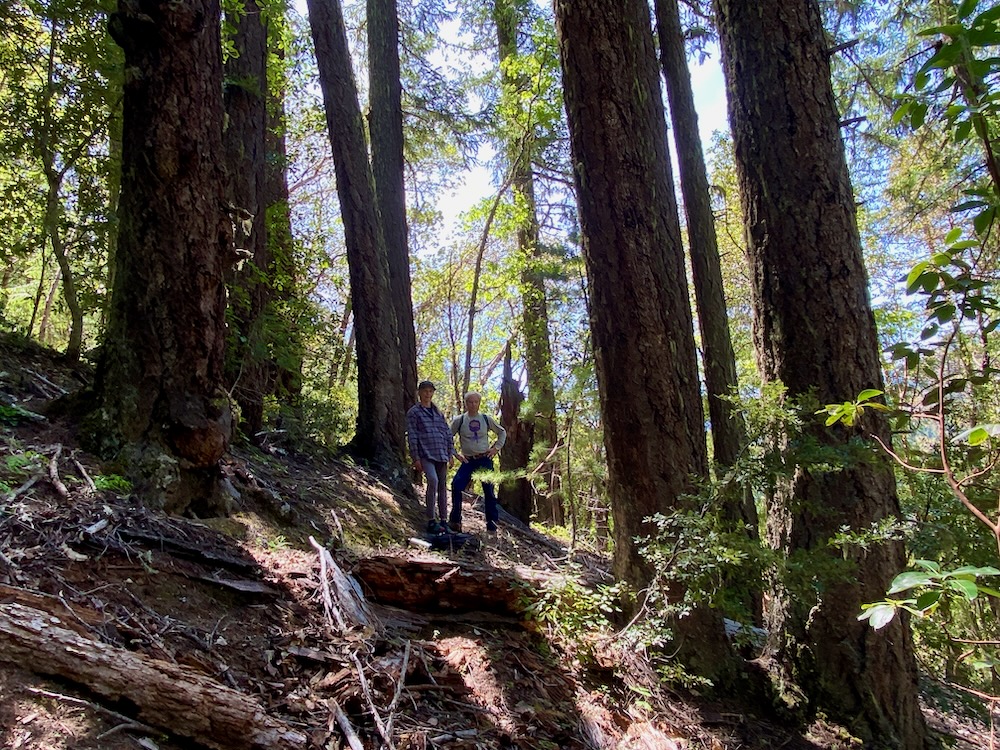
In fact, Judge Clarke states in his Findings and Recommendation that, “by simply electing its chosen alternative without fully exploring the conflicting research on the issue through a formal EIS, BLM effectively reduces its findings to only the positive outcomes, while discounting the coinciding negative possibility that treatments would exacerbate forest fires. Plaintiffs have adequately presented evidence that casts serious doubt upon the reasonableness of BLM’s conclusions and therefore raised a substantial dispute sufficient to show the Program is highly controversial. Preparation of an EIS was required in this context.”
The IVM Project was a major threat to the forests of southwestern Oregon. We are grateful that the courts upheld the law, held the agency to account, and protected our watersheds from unlawful BLM logging. We are also grateful for all who helped achieve this result for the forests of our region, including residents, activists, and organizations throughout the Applegate Valley and southwestern Oregon.
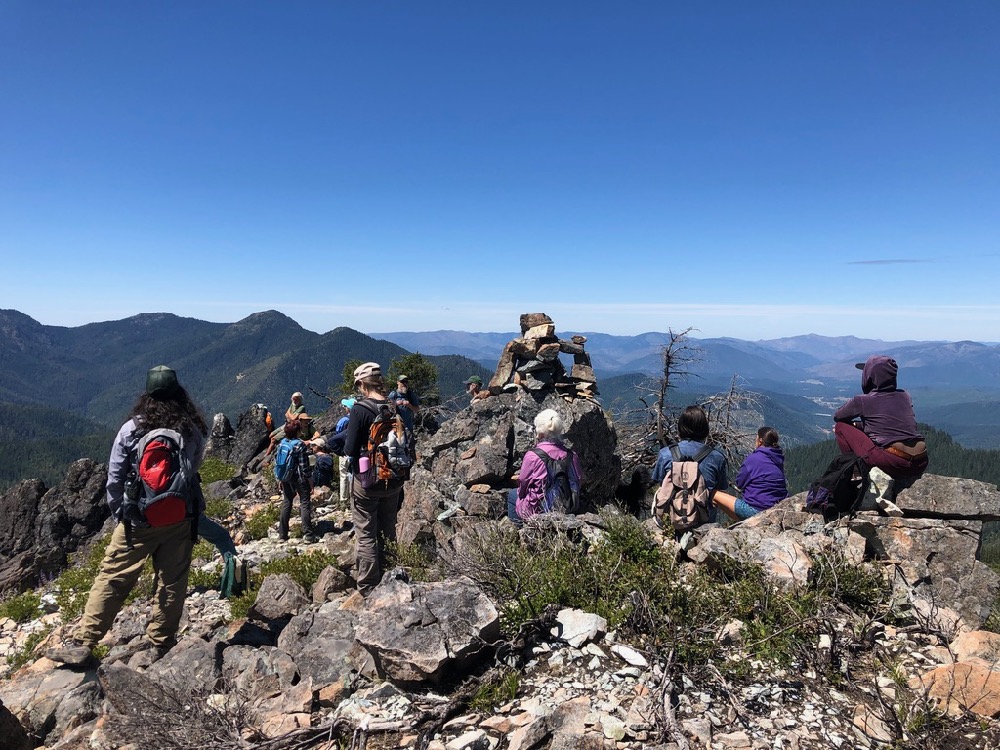
Finally, we are grateful to the University of Colorado Law School Natural Resources, Energy and Environmental Law Clinic who has represented ASA in this case for years now. We most certainly could not have achieved these results without Professor Sarah Matsumoto and the many students that helped develop this case, collaborated on writing briefs, and argued our case in court. THANK YOU!
